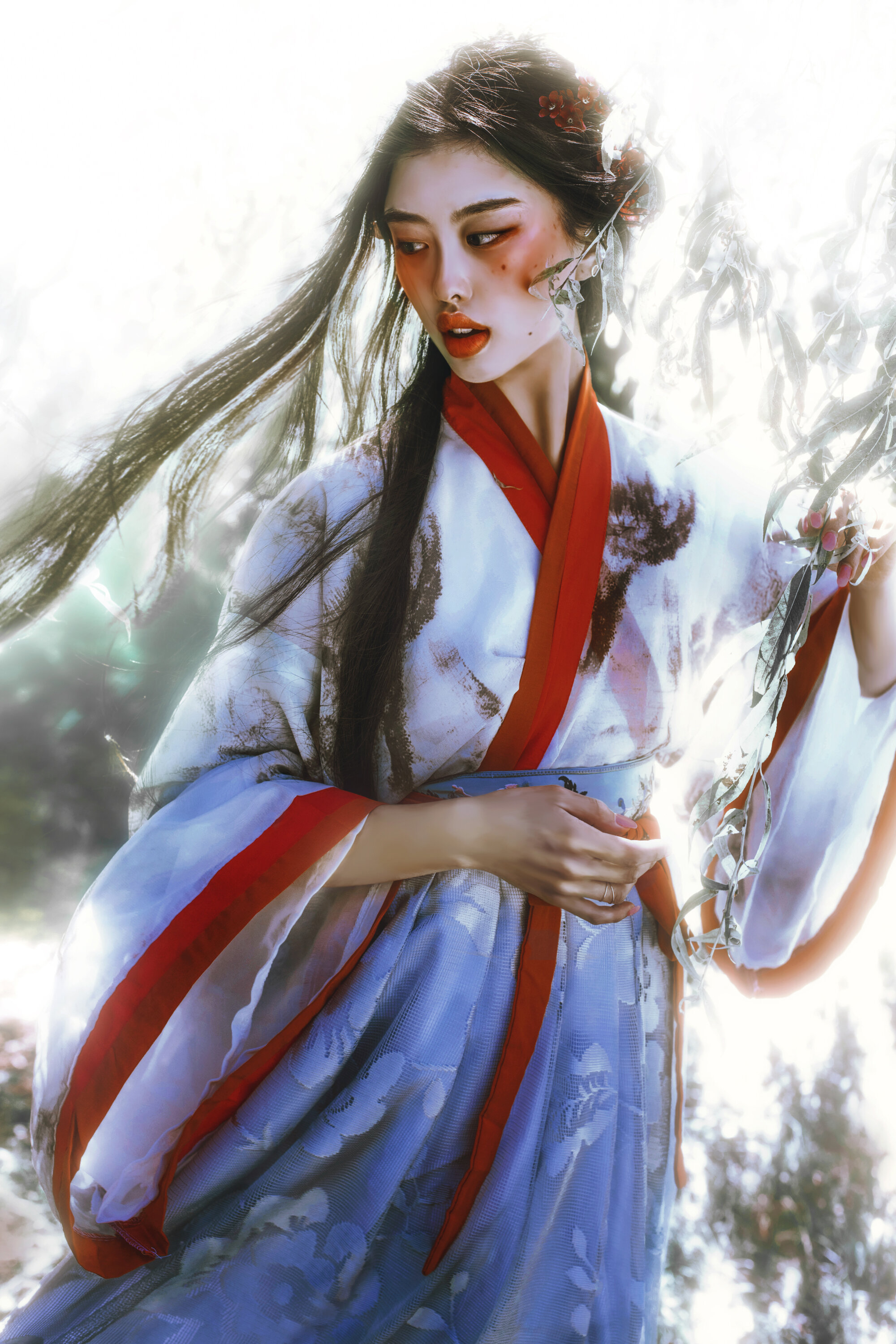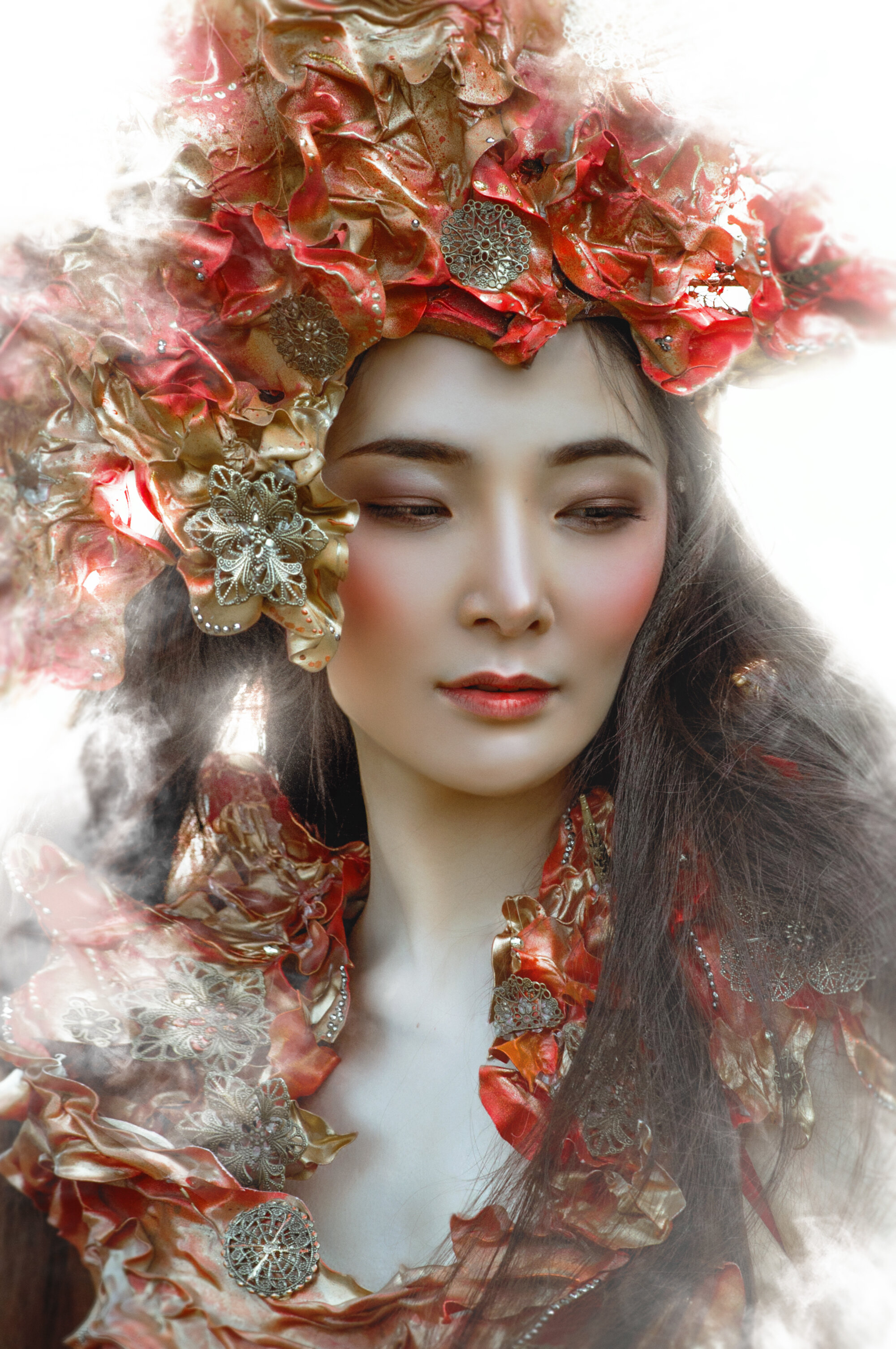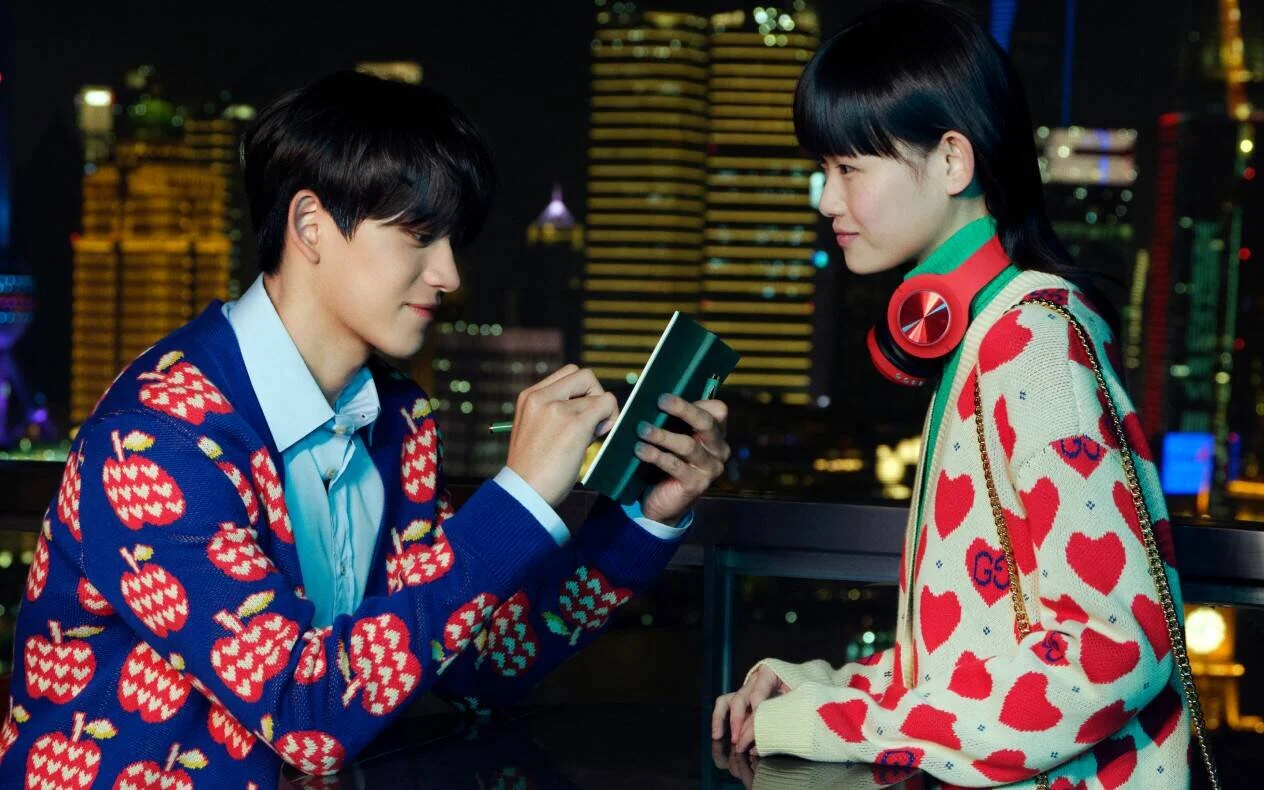Exploring the Ethereal – The Work of Lillian Liu
Written by Yinsey Wang · Photography by Lillian Liu
Model: Jasmine Tong
Designer: Frais Au Loup
Model: Chihiro
Model: Yinsey Wang
Hair: Nett Gray
Tassels: Monika de Silva
Makeup: victoria leanne
Lillian found photography in her late teenage years. The passion was born out of curiosity and a fascination with making art in an “instantaneous manner” (although she then realized this was a misconception given the time and effort involved in creating a perfect photo)! Starting out with shooting fashion and nature photography, she took the leap in incorporating fantasy elements, given her love of media that encouraged imagination and a childlike sense of wonder.
Model: Cin Wu
Designer: Firefly Path
“She finds inspiration even in small elements of Chinese imagery as it gives her great pride in the classical designs that many do not get to see. She notes the potential in the telling and re-telling of Chinese fairytales, which allows others and herself to connect to who they are, but also laments how many of them are unknown in the West.”
Lillian’s heritage and upbringing also feeds into her art. Her upbringing was “surprisingly Western-centric” but she also feels compelled to explore her roots. Lillian’s work navigates an intriguing split between what she considers familiar and what she considers to be uniquely “hers”. European art history and classical music were regular classes which featured in Lillian’s life from an early age. She found herself swept in an artistic circle with a deep focus in music with mentors who were often travelling between Canada and Germany. She was also exposed to Confucian values at home with first generation parents using best efforts to a new place, Canada, with a new language. With relatives from Taiwan from her mother’s side and Mainland China from her father’s side, celebration of cultural festivals, notions of ancestor reverence and folk religion did feature in Lillian’s growing up. As a result, Lillian’s cultural heritage, despite her not being completely immersed in it, remains close to her heart. In order to play catch up, Lillian has found a way to explore more of it, through artistic expression and representation.
Model: Asel Luke
Makeup: Wendy Chu
Headpiece: Au Contraire Photography
Neckpiece: Lillian Liu
Nails: Nigel Crow
Lillian feels that Chinese folklore is integral in the context of preserving and appreciating culture. She notes it is a collective consciousness which transcends the self, and is not just a representation of the person who disseminates it. She shares that “culture is malleable and it changes to adapt to time, place and other outer influences.” She finds inspiration even in small elements of Chinese imagery as it gives her great pride in the classical designs that many do not get to see. She notes the potential in the telling and re-telling of Chinese fairytales, which allows others and herself to connect to who they are, but also laments how many of them are unknown in the West.
Shop for Fête Chinoise Magazine.
Open-mindness and dialogue can facilitate art that breaks conceptual and cultural boundaries, Lilian believes, although there are fears about misrepresenting a culture. She has seen non-Chinese creators ask her about whether things are offensive or not, or whether it would be "right" for them to feature themes that are "not theirs," out of respect. Appreciating the sentiment, Lillian also feels that sometimes progress is stunted due to fear and hesitation. Oftentimes the circumstances also mean that it is hard to improve representation due to lack of presence of certain communities. Lillian says: “If you understand the content and have the right intention, it is one way to bring the world closer together while celebrating our uniqueness.”
Lillian's website: http://lillianliu.squarespace.com/
Instagram: @lillianliuphotography
Sponsored by Ferris Wheel Press.














